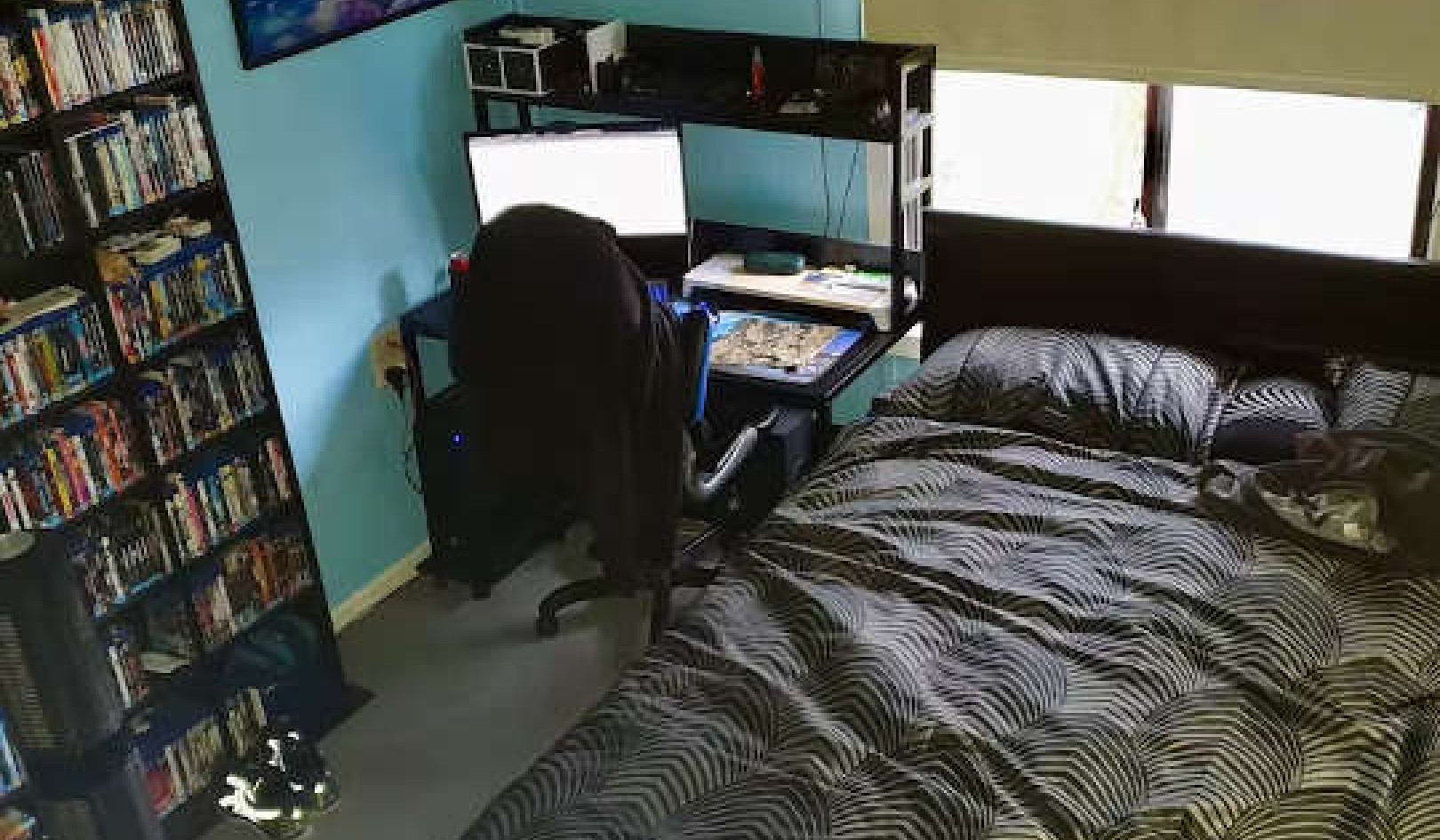UK-based healthcare group the Priory is well-known for treating gambling, sex, drug, alcohol and computing addictions – especially of the rich and famous. Now it has added a new condition to its list: shopping addiction.
Research suggests that as many as one in 20 people in developed countries may suffer from shopping addiction (or compulsive buying disorder, as it’s more formally known), yet it is often not taken seriously. People don’t see the harm in indulging in a bit of “retail therapy” to cheer themselves up when they have had a bad day.
Indulging in the occasional bit of frivolous spending is not a bad thing, if it is done in moderation and the person can afford it. But for some people compulsive shopping is a real problem. It takes over their lives and leads to genuine misery. Their urges to shop become uncontrollable and are often impulsive. They end up spending money they don’t have on things they don’t need.
The worst part is that compulsive buyers continue to shop regardless of the negative impact it has on them. Their mental health gets worse, they get into serious debt, their social network shrinks, and they may even contemplate suicide – but shopping still provides the brief dopamine rush they crave.

People can get a dopamine rush when they buy. Prostock-studio/Shutterstock
There is no doubt that people who engage in this behaviour suffer, and often badly. But it is debatable whether compulsive buying disorder is a condition in its own right or a symptom of another condition. Often it is difficult to diagnose because people with compulsive buying disorder have symptoms of other disorders, such as eating disorders and substance abuse.
Formal criteria needed
The most commonly used manuals for diagnosing mental disorders are the DSM and ICD, and neither include diagnostic criteria for compulsive buying disorder. One reason may be that there are many theories about what kind of illness the disorder is. It has been likened to impulse control disorder, mood disorders, addiction and obsessive-compulsive disorder. How the disorder ought to be classified is an ongoing debate.
What is also an ongoing debate is what the disorder should be called. To the general public, it’s known as “shopping addiction”, but experts variously call it compulsive buying disorder, oniomania, acquisitive desire and impulse buying.
Researchers also struggle to agree on a definition. Perhaps the lack of a clear definition stems from the fact that research shows that no single factor is sufficiently powerful to explain the causes of this compulsive behaviour.
What most experts seem to agree on is that people with this condition find it difficult to stop and that it results in harm, showing that it is an involuntary and destructive kind of behaviour. People with the condition often try to hide it from friends and partners as they feel shame, thereby alienating themselves from the people who are best placed to support them.
Although the disorder has not yet been clearly defined by name, symptoms or even category of mental health problem, most researchers agree on one thing: it is a real condition that people truly suffer from.
The fact that the Priory, a well-established healthcare group, is treating people with compulsive buying disorder, may help to raise awareness of the condition. Hopefully, this will result in more research being conducted to help define diagnostic criteria. Without the criteria, it will be difficult for healthcare professionals to diagnose the illness and treat it. This is a condition that is crying out to be properly recognised and should not be trivialised.![]()
About the Author
Cathrine Jansson-Boyd, Reader in Consumer Psychology, Anglia Ruskin University
This article is republished from The Conversation under a Creative Commons license. Read the original article.

Related Books:
Atomic Habits: An Easy & Proven Way to Build Good Habits & Break Bad Ones
by James Clear
Atomic Habits provides practical advice for developing good habits and breaking bad ones, based on scientific research on behavior change.
Click for more info or to order
The Four Tendencies: The Indispensable Personality Profiles That Reveal How to Make Your Life Better (and Other People's Lives Better, Too)
by Gretchen Rubin
The Four Tendencies identifies four personality types and explains how understanding your own tendencies can help you improve your relationships, work habits, and overall happiness.
Click for more info or to order
Think Again: The Power of Knowing What You Don't Know
by Adam Grant
Think Again explores how people can change their minds and attitudes, and offers strategies for improving critical thinking and decision making.
Click for more info or to order
The Body Keeps the Score: Brain, Mind, and Body in the Healing of Trauma
by Bessel van der Kolk
The Body Keeps the Score discusses the connection between trauma and physical health, and offers insights into how trauma can be treated and healed.
Click for more info or to order
The Psychology of Money: Timeless lessons on wealth, greed, and happiness
by Morgan Housel
The Psychology of Money examines the ways in which our attitudes and behaviors around money can shape our financial success and overall well-being.


























